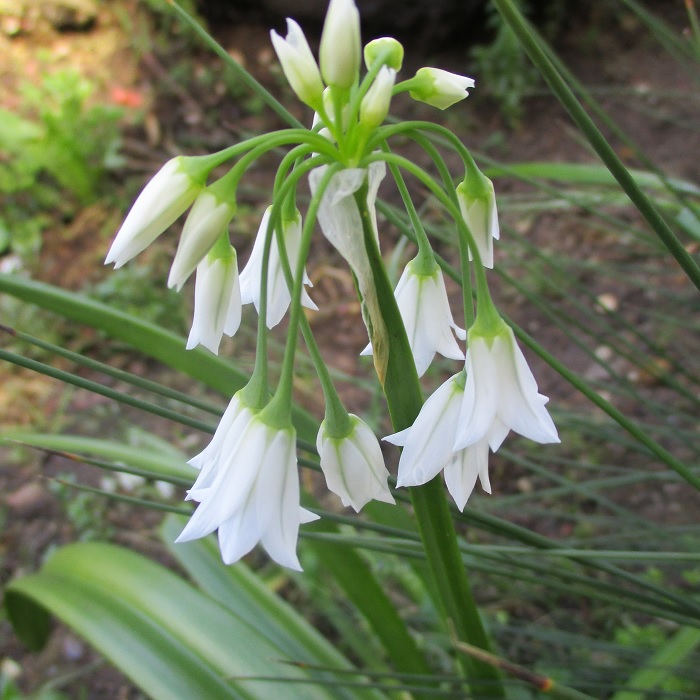UNITED STATES—A Great Basin bristlecone pine tree of the eastern Sierra Nevada can live more than five thousand years. A giant sequoia tree of the western Sierra Nevada can live more than three thousand years. A coastal redwood tree from the Coastal Ranges can live more than two thousand years. Besides impressive longevity, one thing that they all have in common is that they all eventually die.
Most trees in home gardens do not live much more than a century. Some oaks can last a long time. Willows, poplars and acacias do not. Trees typically do not live as long in landscape situations as they do naturally in the wild because their life cycles are accelerated by watering and fertilizing, and also because watering promotes rot. Some trees get removed because they grow too big.
While trees are young and growing, they sometimes need help with structural problems. They might need pruning to eliminate limbs that are likely to break away and fall. On rare occasion, trees might need pruning to reduce weight and resistance to wind if stability becomes a concern. Falling limbs or falling trees are very natural in the wild, but can become serious problems around the home.
As trees age, they develop more structural deficiencies, which are increasingly difficult to repair or accommodate. Most big old hardwood trees have some degree of decay within their main trunks, even if no such damage is visible from the outside. Although perfectly natural, this decay eventually compromises structural integrity. Stability is slowly compromised as aging roots decay.
It is true that most trees that fall or drop limbs are more likely to do so while getting thrashed by winter storms. However, there are other factors that can bring down limbs or entire trees. Warming spring weather promotes growth of new foliage, which significantly increases the weight and wind resistance of structurally deficient limbs and destabilized trees. Warmth also accelerates decay. Even after winter storms, there are many other reasons to be aware of the health of trees.
Highlight: onion weed
What an unappealing name! That is probably why so many of us know it simply as ‘wild onion’ or ‘allium.’ Few of us bother to get sufficiently acquainted with it to know it by the species name of Allium triquetrum, which is actually not much more appealing than ‘onion weed.’ It is not really wild, but has naturalized as an invasive exotic, or in other words, ‘weed’. At least it is a pretty weed.
The foliage might not be much to look at as it emerges from formerly dormant bulbs late in winter. Each bulb produces only two or three leaves that get only about half a foot tall, and are only a bit wider and glossier than grassier weeds. Then the three-sided flower stalks grow up as much as a foot above the foliage, and bloom with as many as a dozen small and pendulous white flowers.
The half-inch long flowers are individually no more interesting than their foliage; but collectively, they briefly brighten unrefined or neglected areas of the garden with wispy soft white drifts of bloom. They can bloom through shallow weeds or groundcover, and tolerate considerable shade. Yet, as resilient as they are, they are not too drought tolerant. Onion weed is edible, but not very flavorful.






